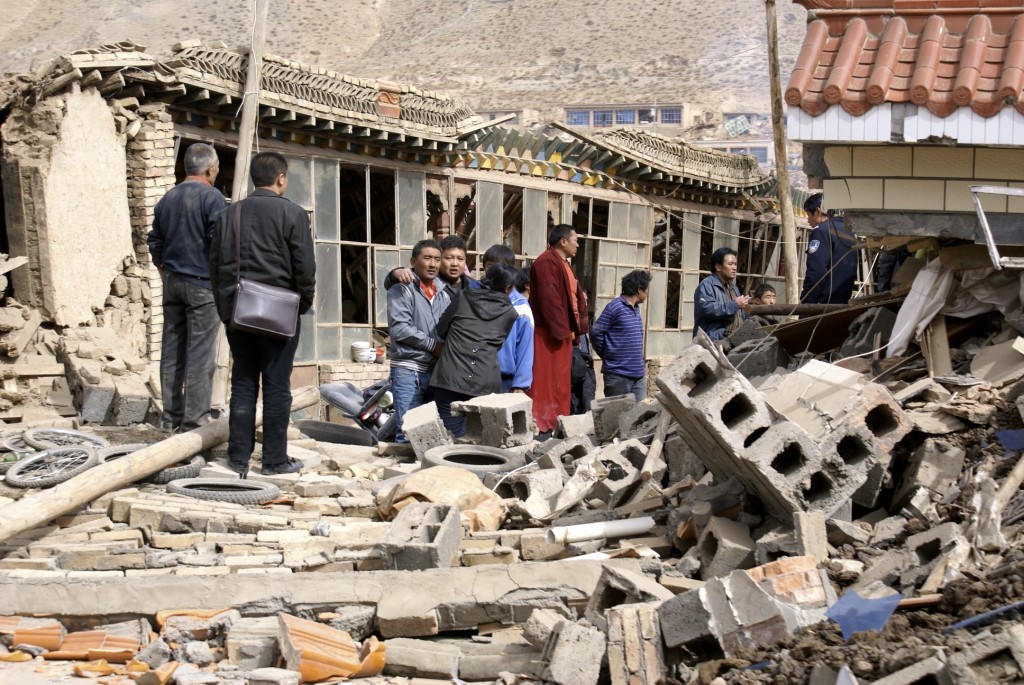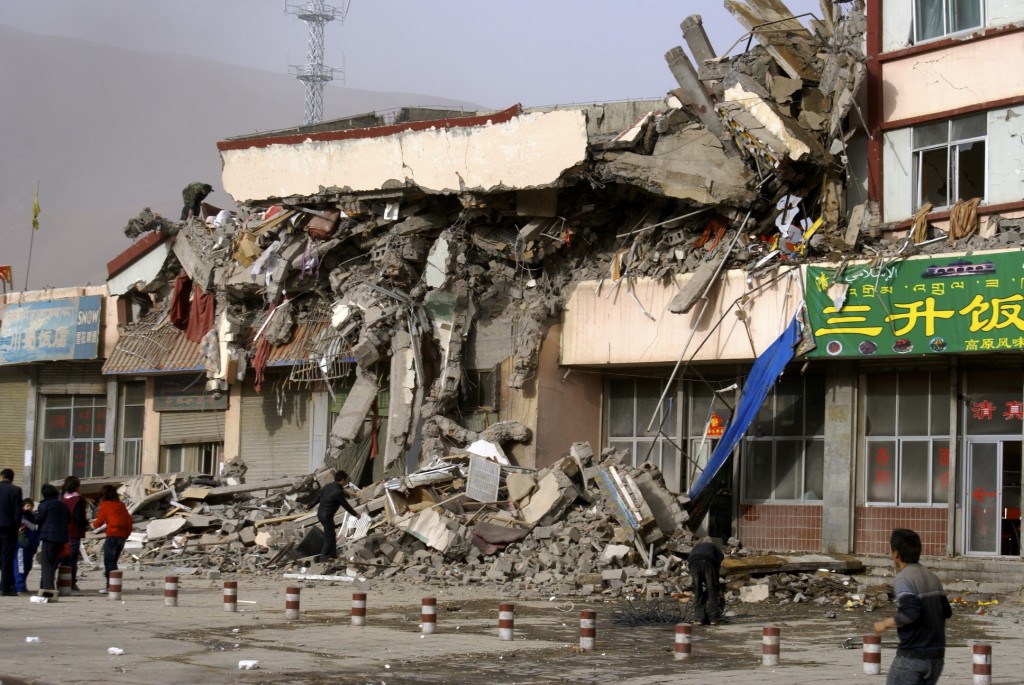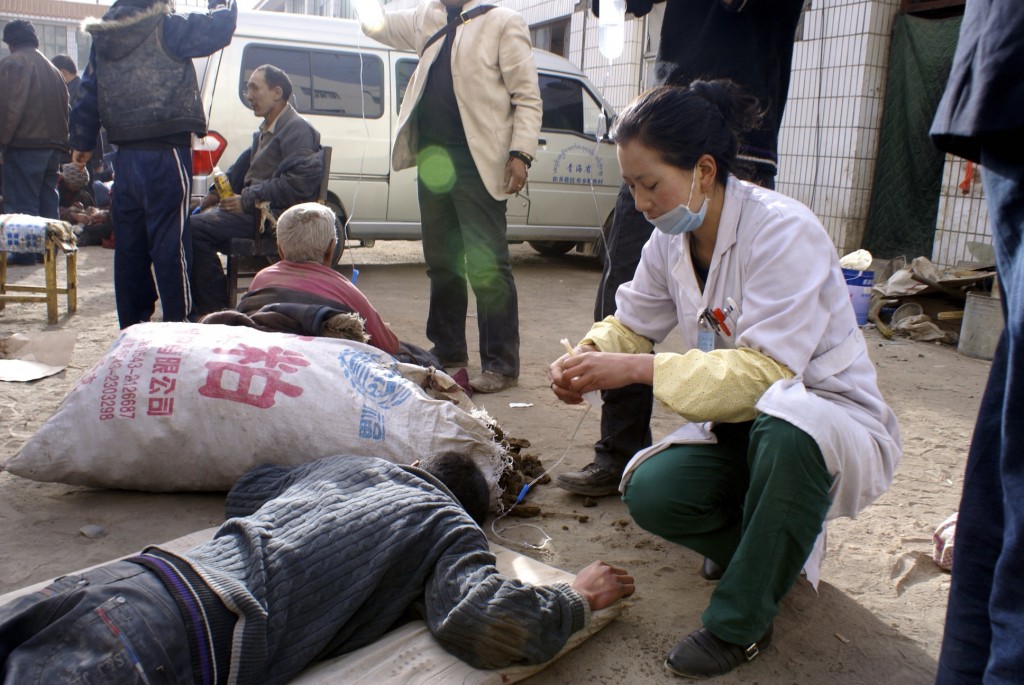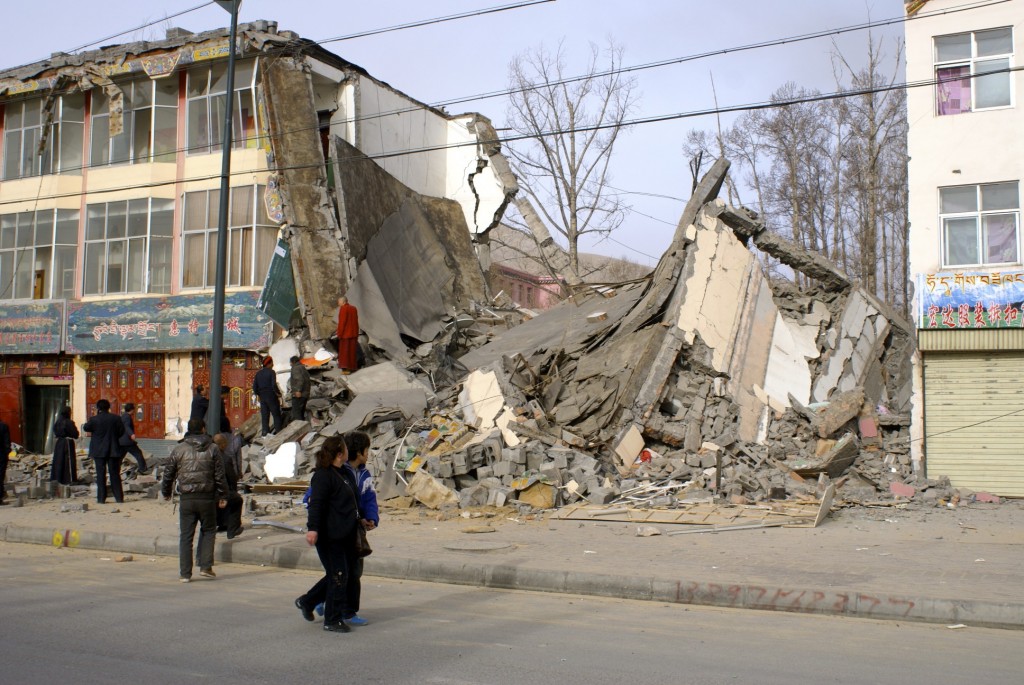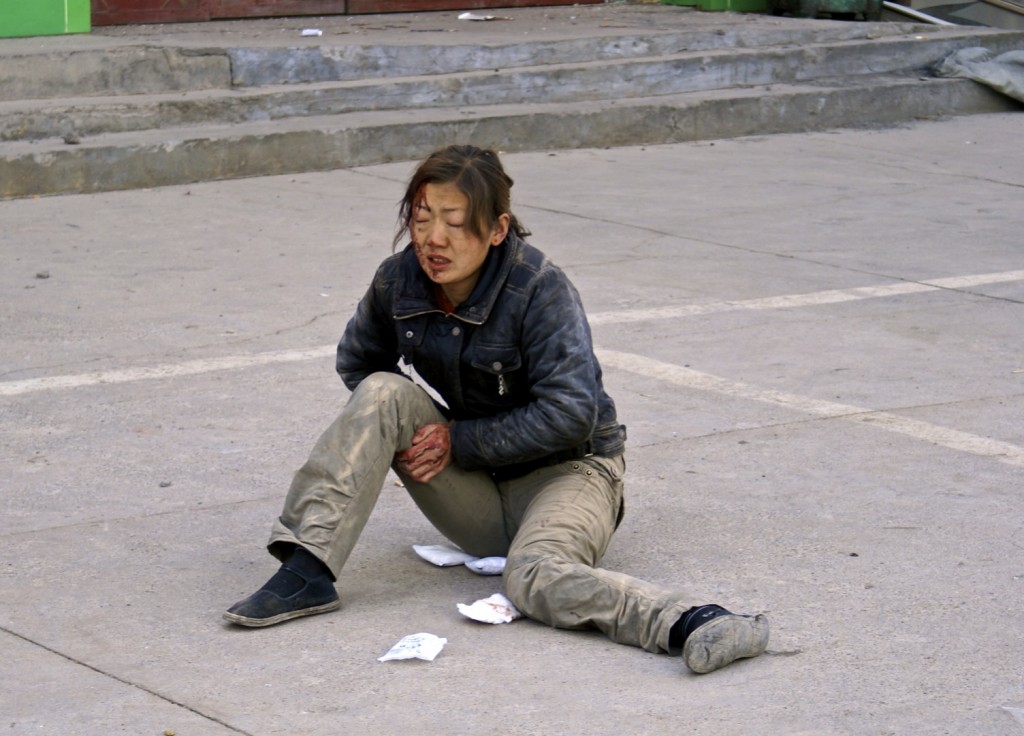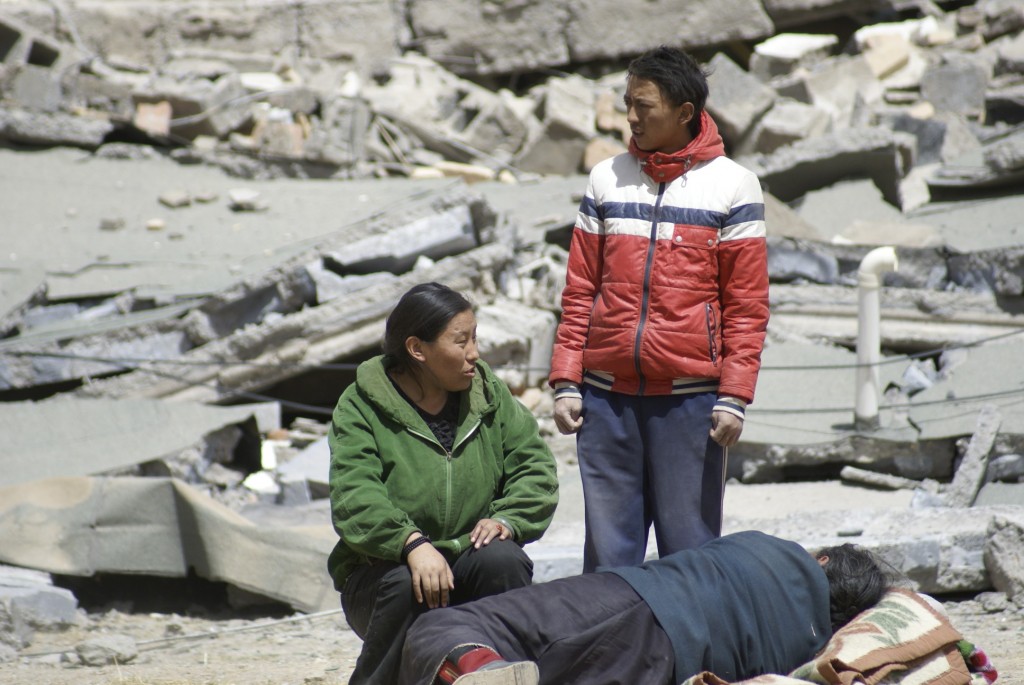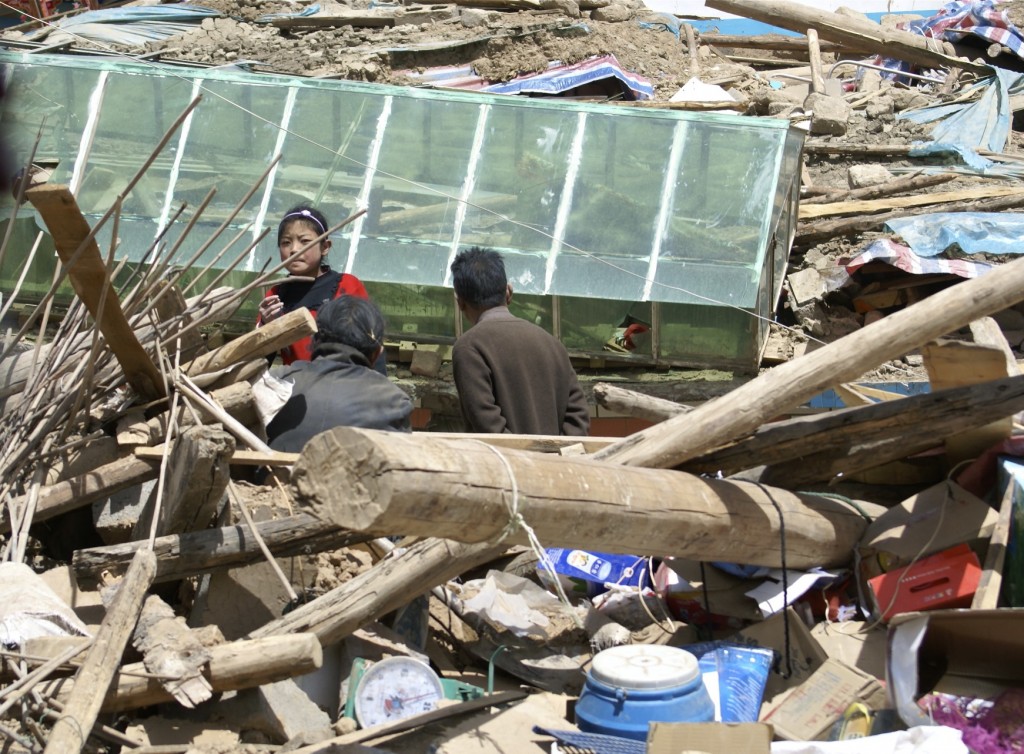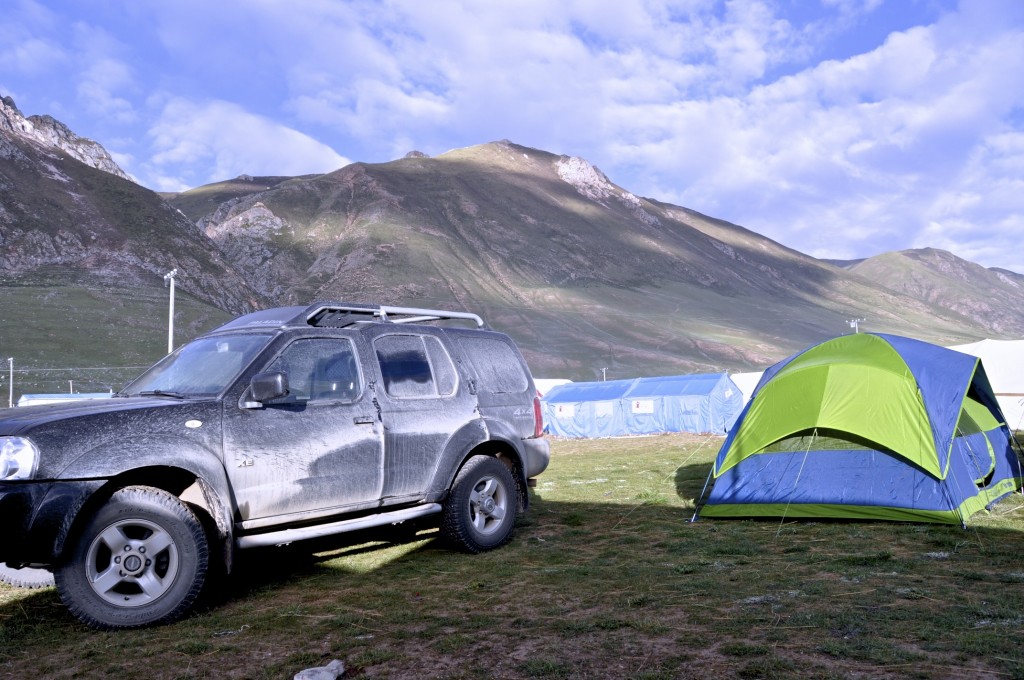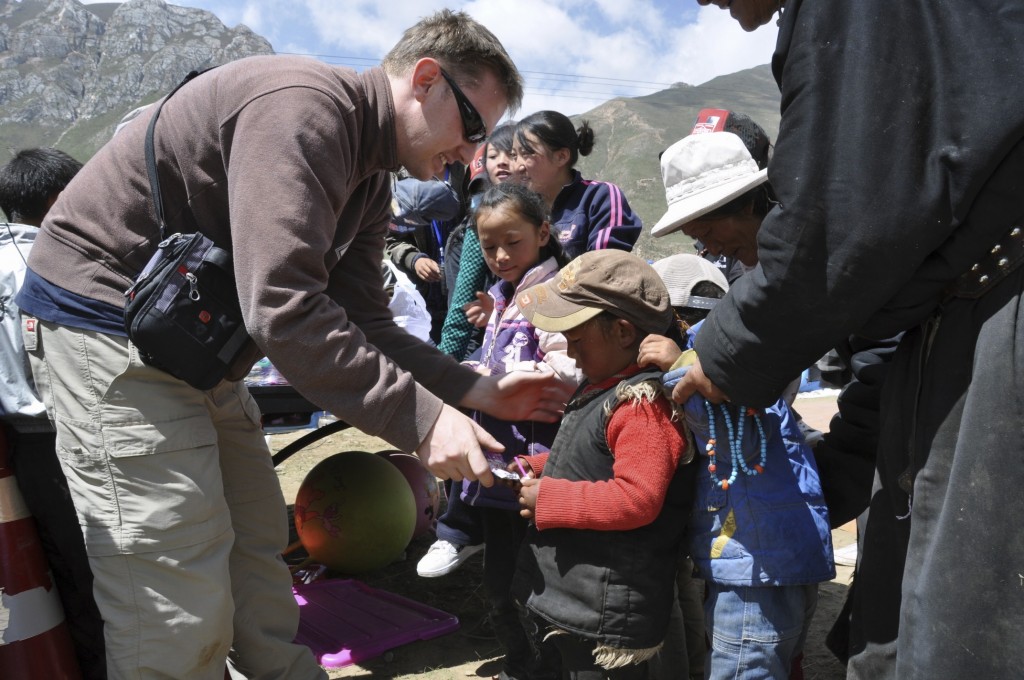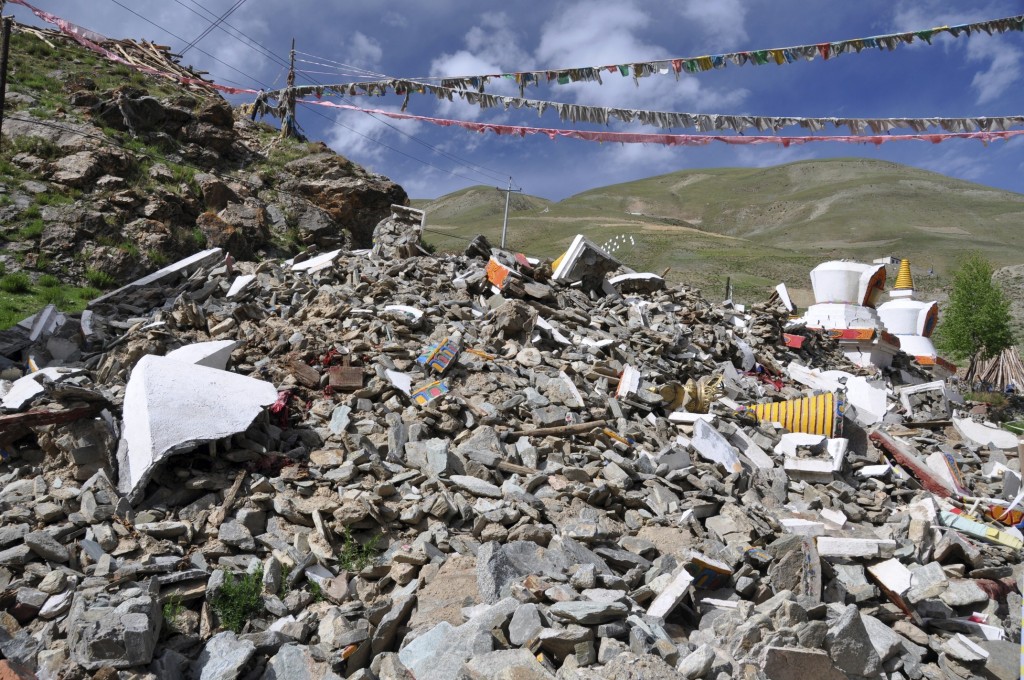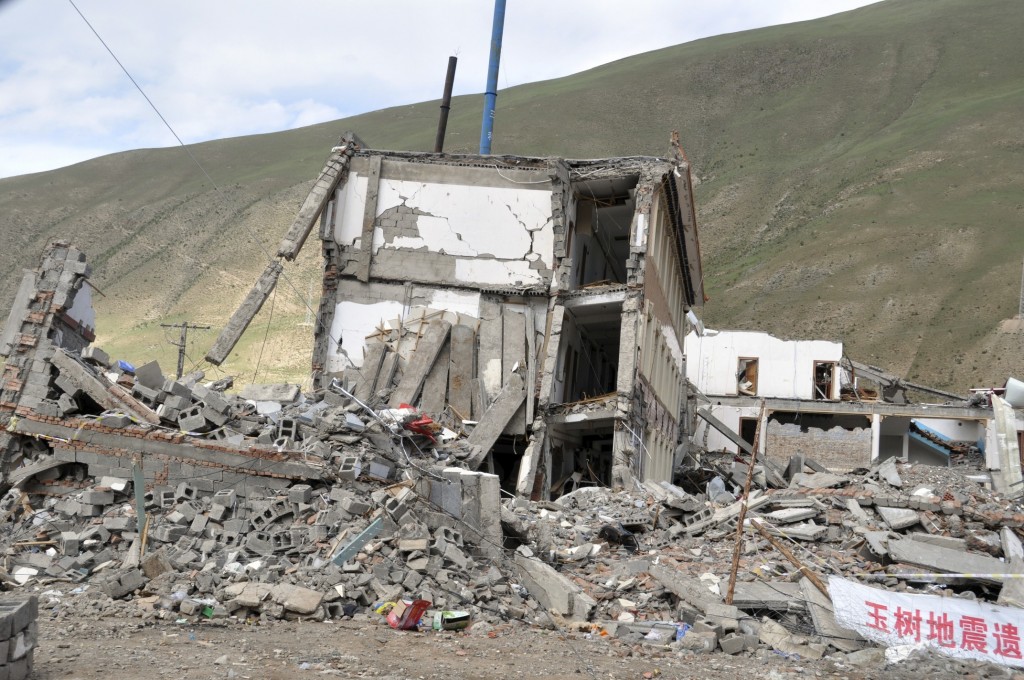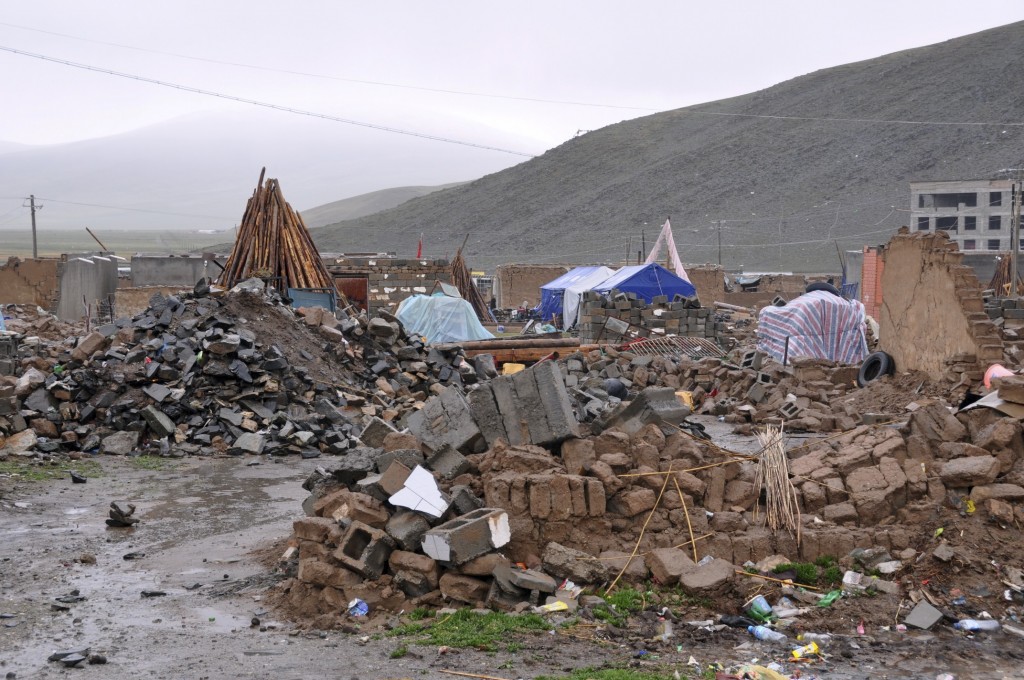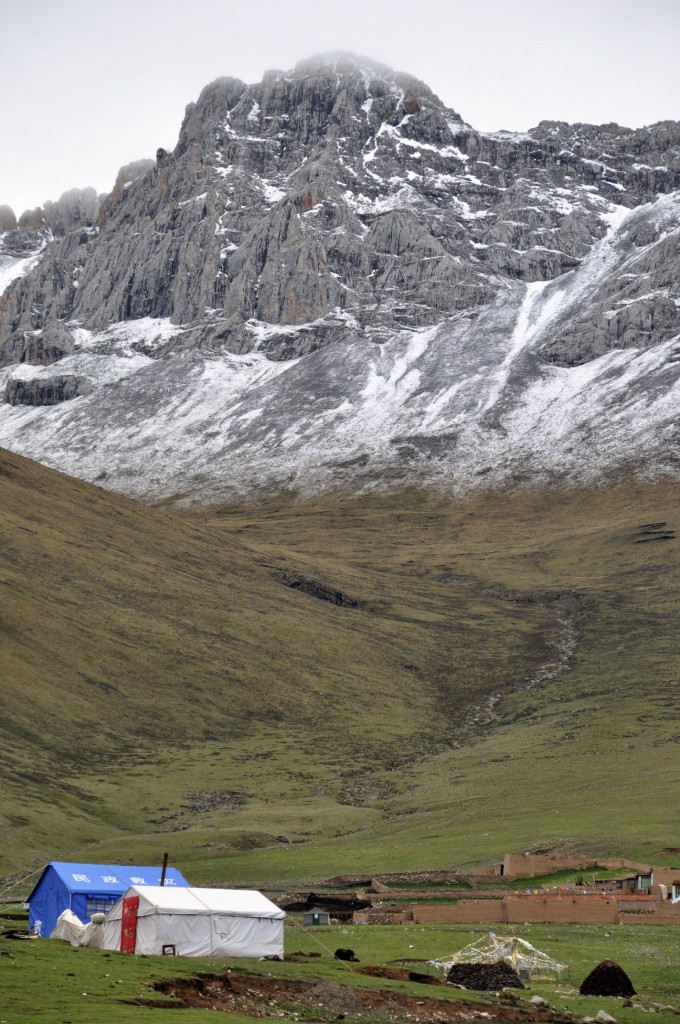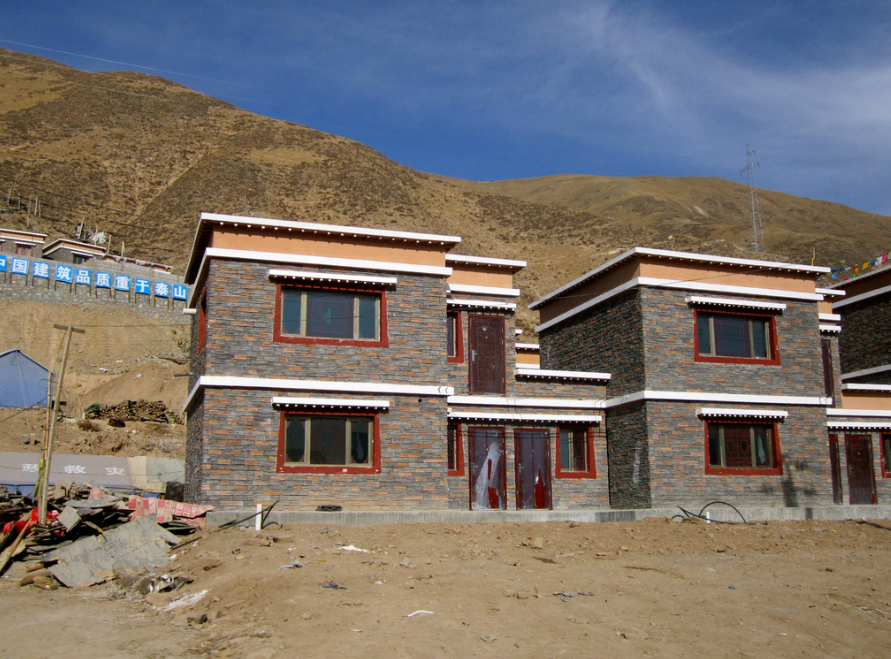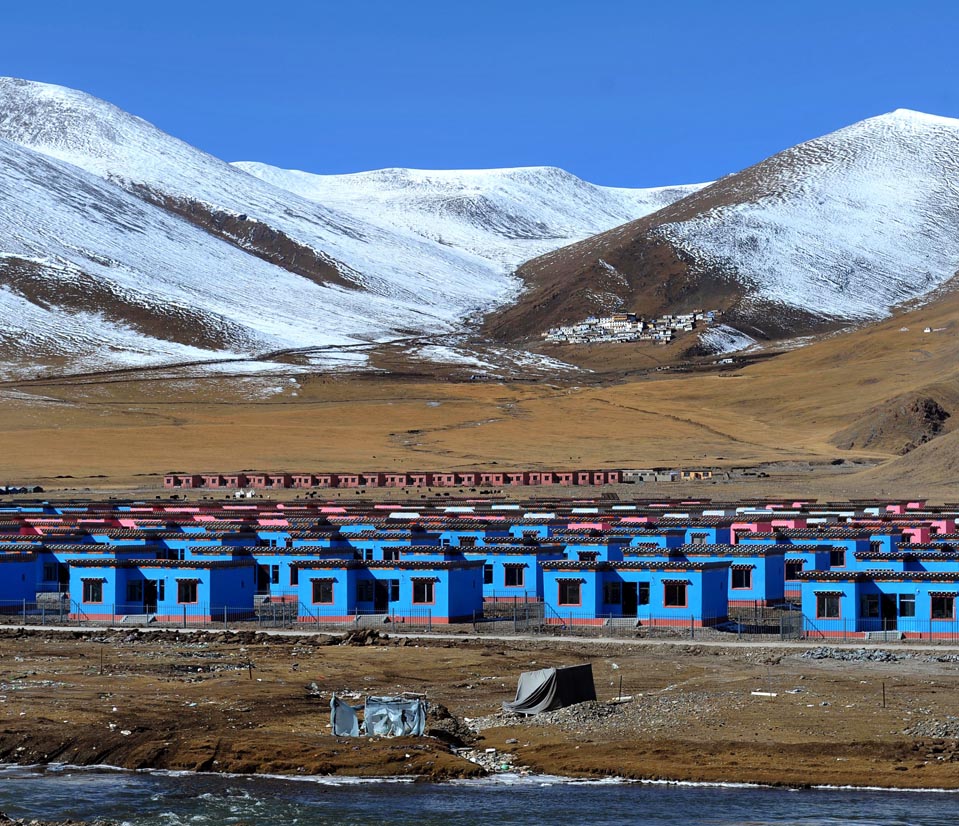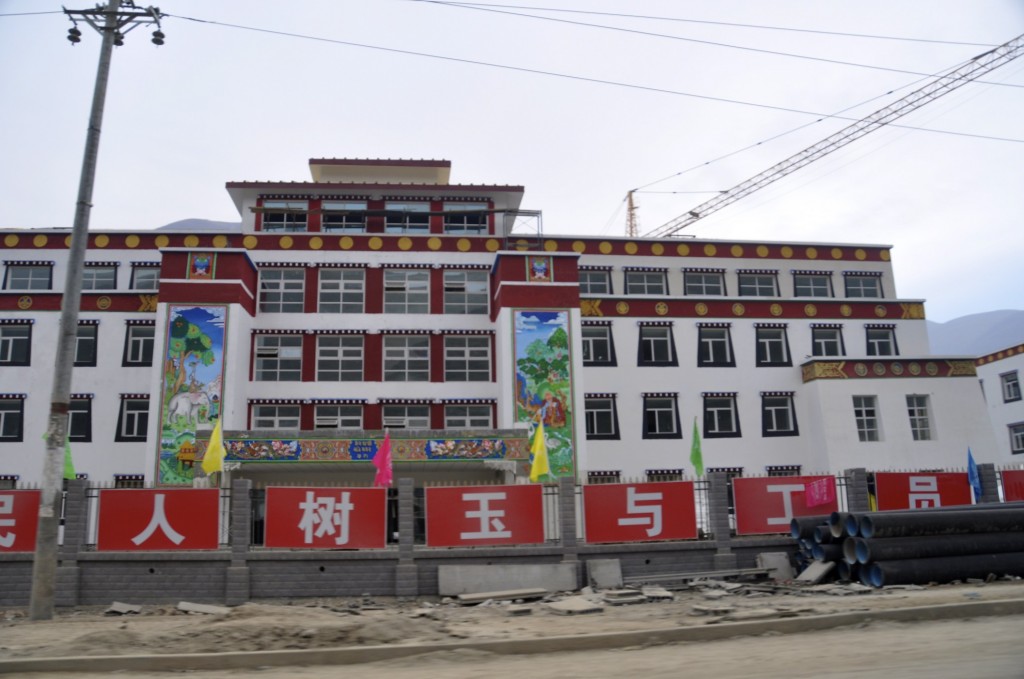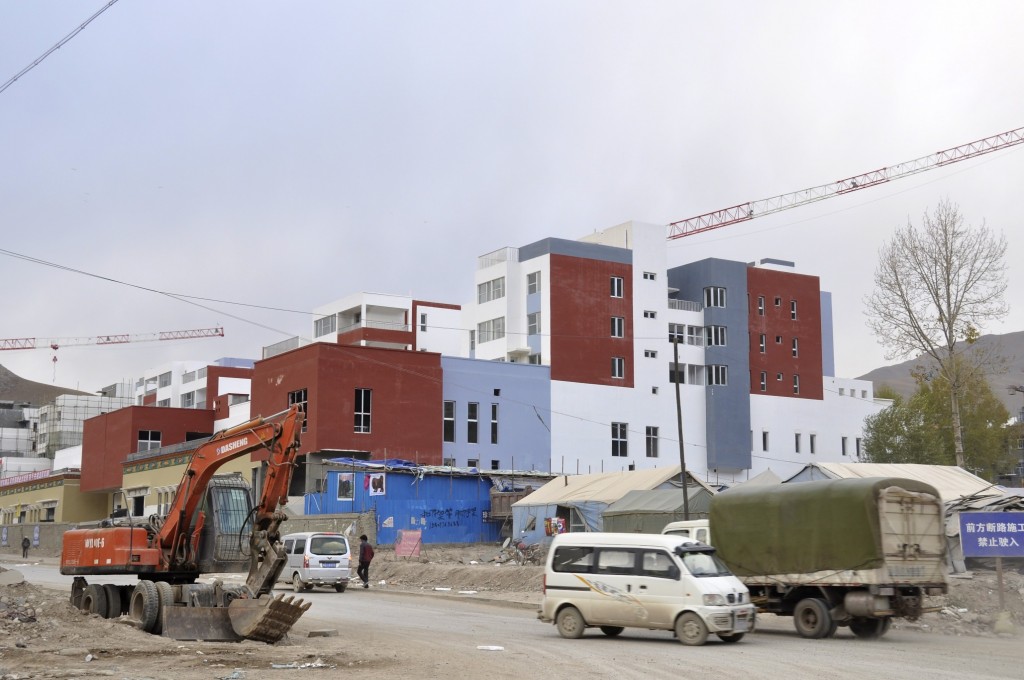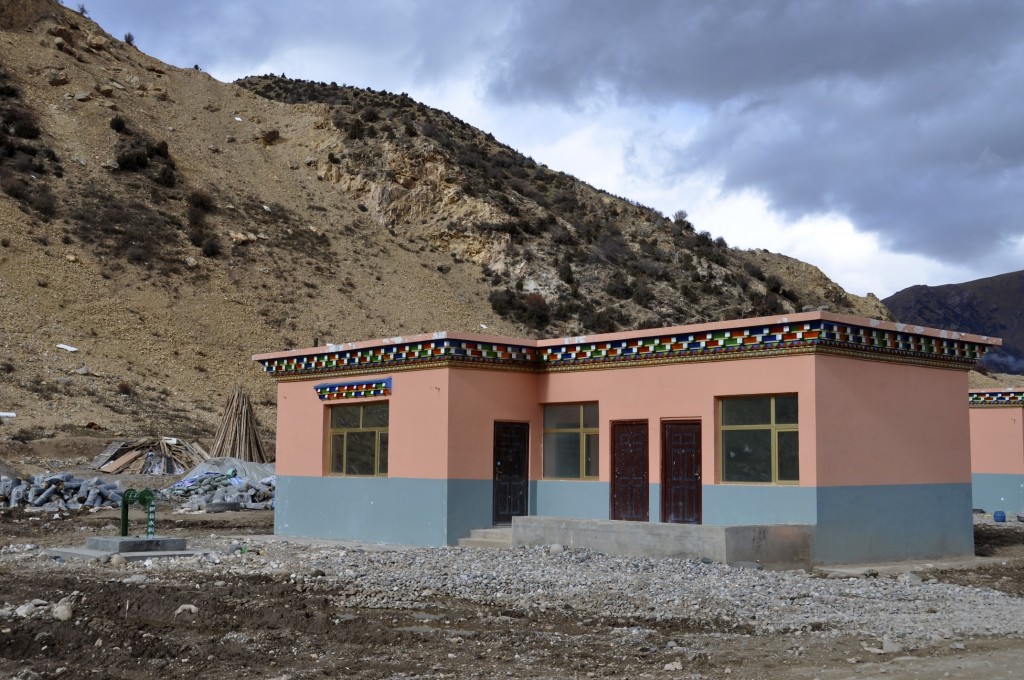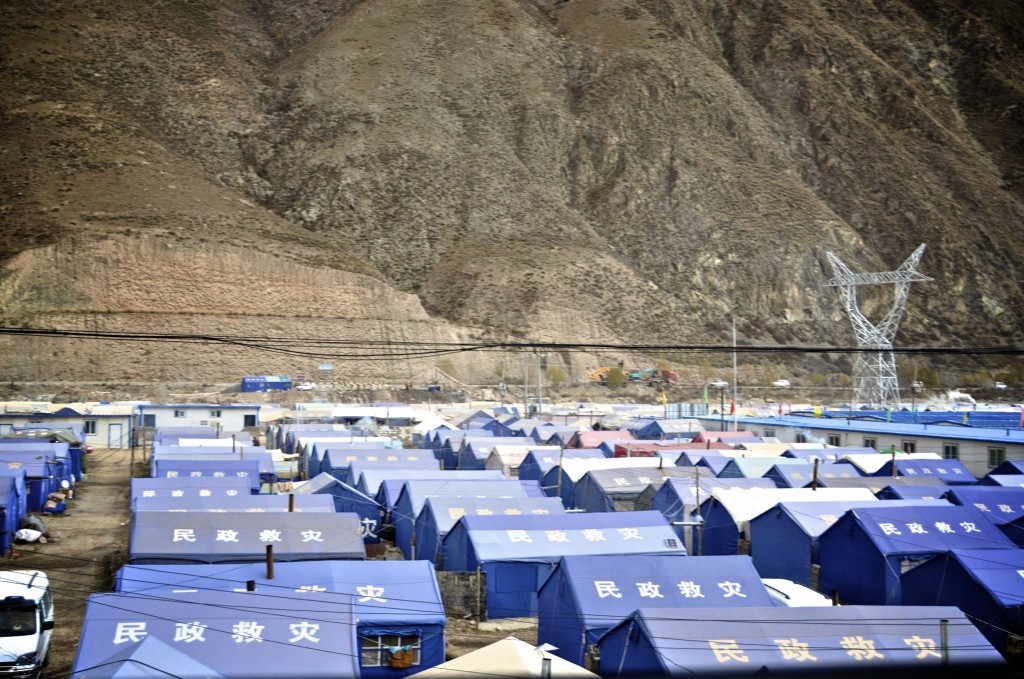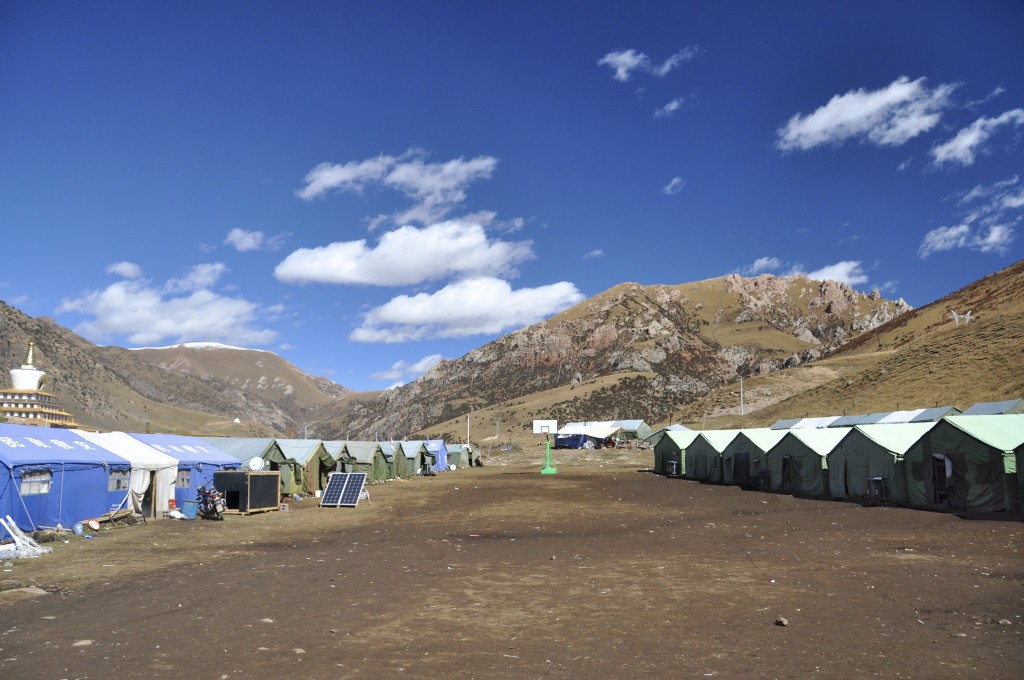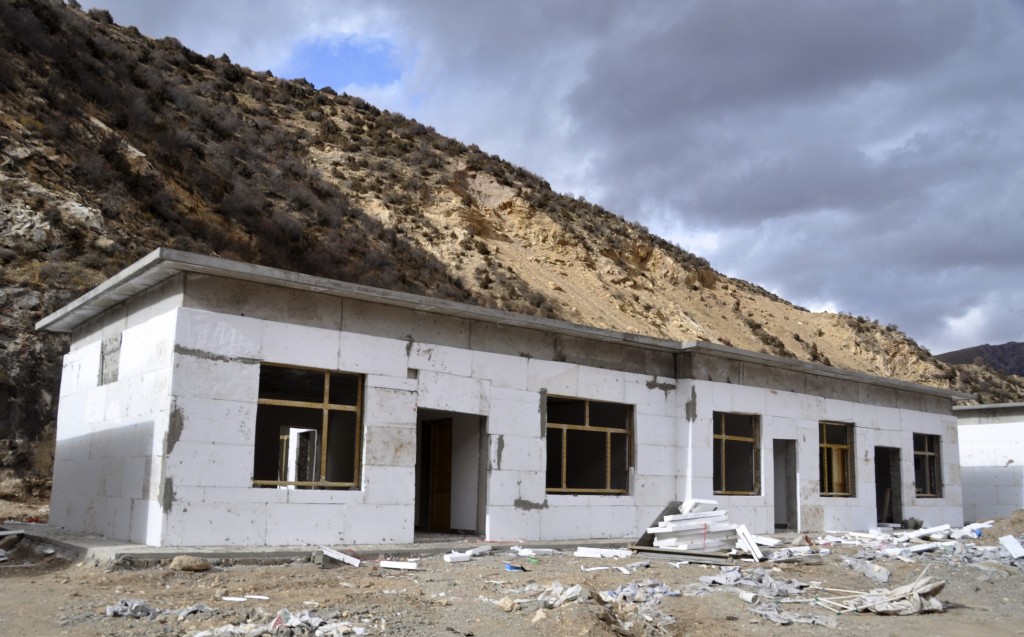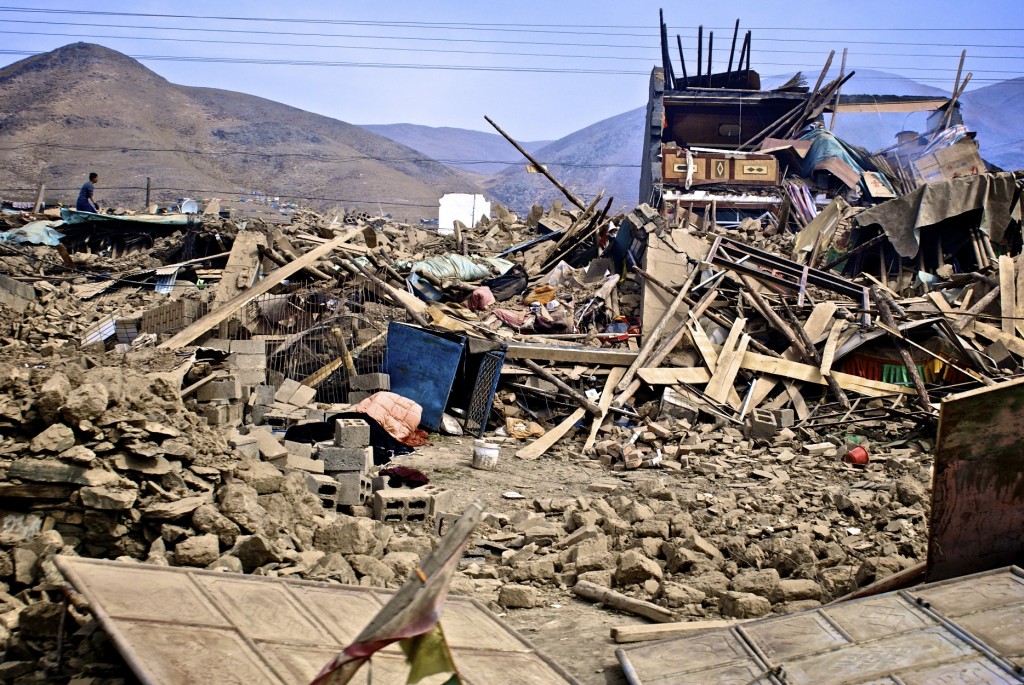
Two years since the Yushu Earthquake, It has now been 2 years since a devastating 7.1 magnitude earthquake hit Yushu Tibetan Autonomous Prefecture in the Qinghai part of Kham in April 2010. My family and I (wife and 2 children) were living in Jyekundo when the earthquake occurred. Though the official Beijing death toll stands at 2698, local government and police officials in Yushu prefecture all agree that the real death toll is around 20,000. The earthquake destroyed most of Jyekundo as well as the surrounding area. The epicenter was located about 30 kilometers (19 miles) west of Jyekundo, but most of the casualties happened in Jyekundo. Between 85% and 90% of the buildings in Jyekundo were destroyed leaving virtually everyone homeless with only government aid tents to sleep in. Most of the monasteries and temples in the area, including the Gyanak Mani Temple, Thrangu Monastery and Jyeku Dongdrubling Monastery, suffered heavy damage and many casualties.
Read the following links of mine for details on being in the earthquake:
The Yushu Earthquake: Our Story
The Yushu Earthquake: 6 Months Later
The Yushu Earthquake: 1 Year Later
Despite the destruction and large death toll of the Yushu Earthquake, it received very little international news attention. This was mostly due to the remoteness of Yushu and the restriction on letting foreign journalists into the area. After the first 2 or 3 days, there was virtually no coverage on the earthquake outside of Chinese language media, which downplayed the severity of the earthquake. The Yushu Earthquake remains a tragedy that really, nobody knows happened. With the unofficial death toll at 20,000, every person in the area lost a loved one. We lost several of our good friends that day.
The government has been busy cleaning up the debris from the earthquake and rebuilding a new Jyekundo. Very few buildings survived the earthquake. Nearly everything was torn down and most of the town was leveled. Families and businesses moved to relief tents. Some businesses with a little extra money moved into temporary buildings. The government has said it will give each family a new 80 square meter (860 square foot) home for free. If a family wants, they can add their own money to add an addition to the free 80 square meter home. Some of the outlying villages have already been rebuilt. Though the homes are quite small, they are insulated, built in a modern Tibetan style and are free.
The government hopes to have the region rebuilt by the end of the summer 2013. From what has been rebuilt so far, the new Jyekundo will be quite nice and modern and will look quite different than the old Jyekundo. Our family hopes to return to this area once it has been rebuilt.
Though it is possible for travelers to go to Jyekundo, there are still limited accommodations. Most accommodations are still either in “tent hotels” or dirty hotels in temporary buildings. Also, most of the cultural sites in the area were destroyed and are currently being rebuilt. Jyekundo is a huge construction site that is full of construction workers and heavy equipment. It can be very loud and extremely dusty.
For more information about this area, send an email via info@thelandofsnows.com

